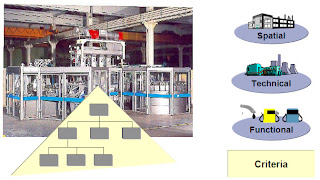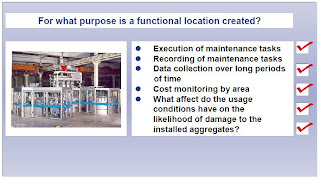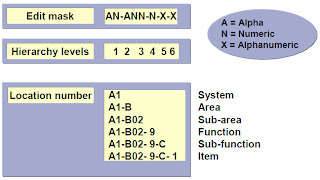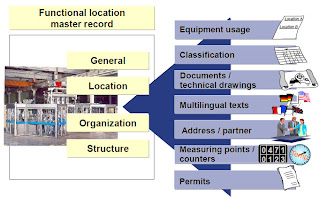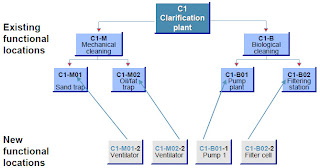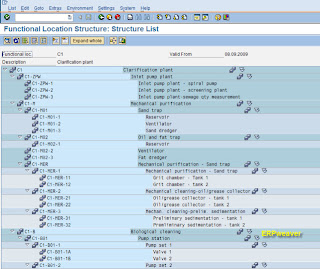If you are just learn SAP Plant Maintenance or beginner in SAP ERP, I bet you are going to be confused with so many terms of SAP Plant Maintenance module.
Bellows are the history of SAP Plant maintenance from SAP R/3 to the latest name, so don't be confuse.
1. SAP R/3
- Plant Maintenance (PM) module: Maintenance of internal assets
- Customer Service (CS) module: Maintenance of customers' assets
2. SAP Product Lifecycle Management (PLM)
SAP solution that takes into account the lifecycle of a product with
the accompanying data, and thus encompasses development, operational
phase, together with shutdown and disposal.
3. Asset Life-Cycle Management (ALM)
Function area of SAP PLM, encompassing Plant Maintenance and Customer
Service. (Now obsolete and replaced by Enterprise Asset Management).
4. SAP Enterprise Resource Planning (ERP): SAP solution for
controlling and planning the core areas of a company (accounting,
human resources, logistics, corporate services such as real estate
management, travel management, and strategic enterprise planning).
5. Enterprise Asset Management
Function area of SAP ERP, for maintaining technical assets.
6. Enterprise Asset Management (in the wider sense)
Totality of all the lifecycle phases of an asset (investment planning,
project management, vendor selection, project execution, maintenance,
external procurement, shutdown, performance management).
Mapping the entire lifecycle of a technical asset can be achieved by
combining the respective function areas of SAP ERP.
Regards,
Yayan Irianto.
